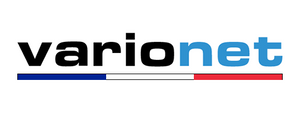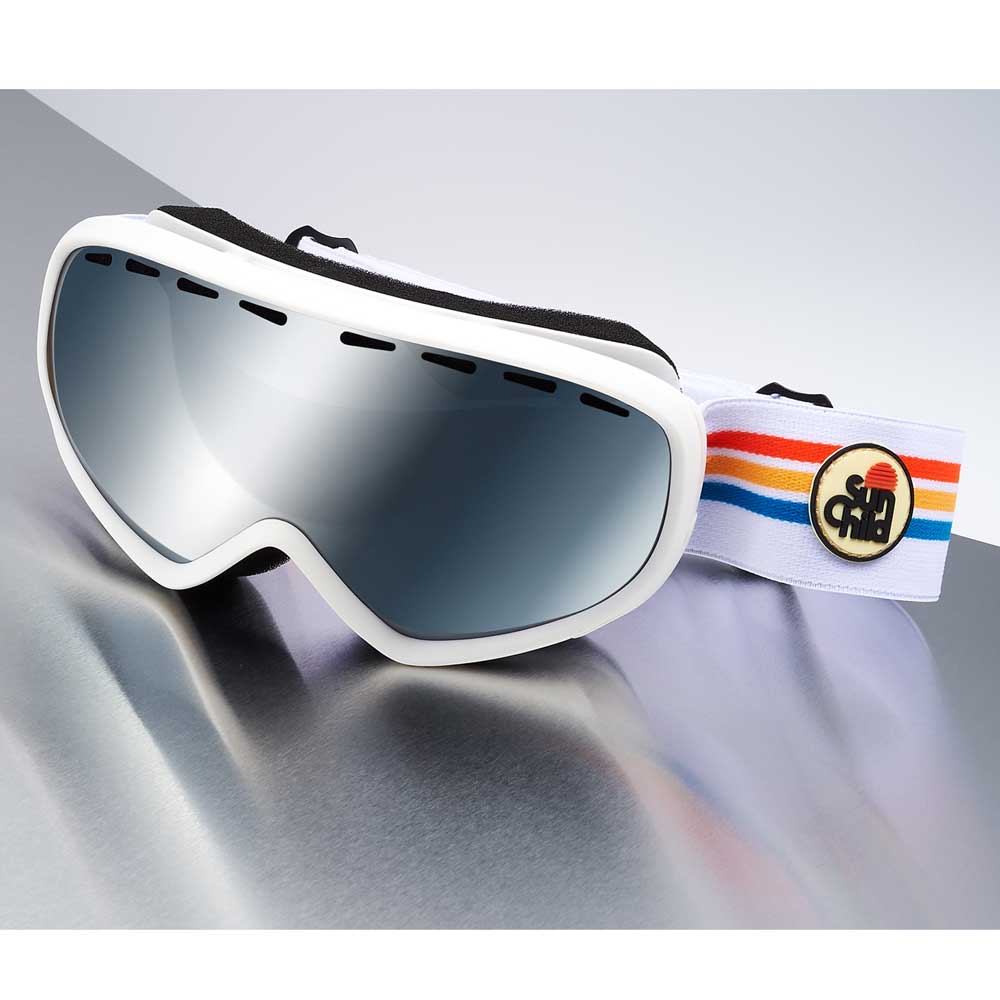From the age of 40, reading a notice, a restaurant menu… becomes complicated! The accommodative power (or “autofocus” system) of the eye loses its efficiency and near vision becomes difficult. After the age of 55, the accommodative power of the eye decreases, which increasingly bothers presbyopia.
A difficult evolution of presbyopia
But we note that other elements can also be penalizing:- Miosis (contraction of the pupil) linked to presbyopia
- A decrease in the transparency of the ocular environments: cornea, lens, vitreous body, requiring stronger lighting that is not always well tolerated.
- A decrease in visual acuity linked to various pathologies imposing an increasingly close working distance.
- Convergence insufficiency which must be detected and if possible lead to orthoptic rehabilitation.
It even reaches 2m around 65-70 years old with a correction of 3.00 D. You would have to position your text at 2m to be able to read it!
It is understandable then that all near vision and proximity vision activities become difficult.
Working on computer screens, following exhibition legends in a museum, reading prices in shop windows… are then complicated.
Only degressive or progressive lenses allow perfect focus at these distances. The visual needs in proximal vision are more and more important with the daily use of tablets, computers, videos, smartphone...
It is therefore essential to properly determine and know the proximal distances used by each person in order to better meet their needs. Before choosing your glasses, it is therefore essential to properly assess your needs and seek advice from a professional.
The solution: Proximity lenses
The progressive lens is the most used means to correct presbyopia. It is indeed the most efficient lens for correcting all visions.However, many tasks in our daily lives require our intermediate vision (office work, computer, cooking, music, etc.) proximity lenses are the ideal solution; they offer better visual and postural comfort, especially for people suffering from neck pain and/or needing a very wide intermediate field of vision.
The proximity (or digressive) lens has been designed to optimize the wearer's comfort in their environment with large fields of clear near and mid-distance vision while maintaining a natural posture.
The field of vision is the extent of space in which an object can be perceived when the head and the eye are stationary. Depth of field is the range of distances within which an object is seen clearly


